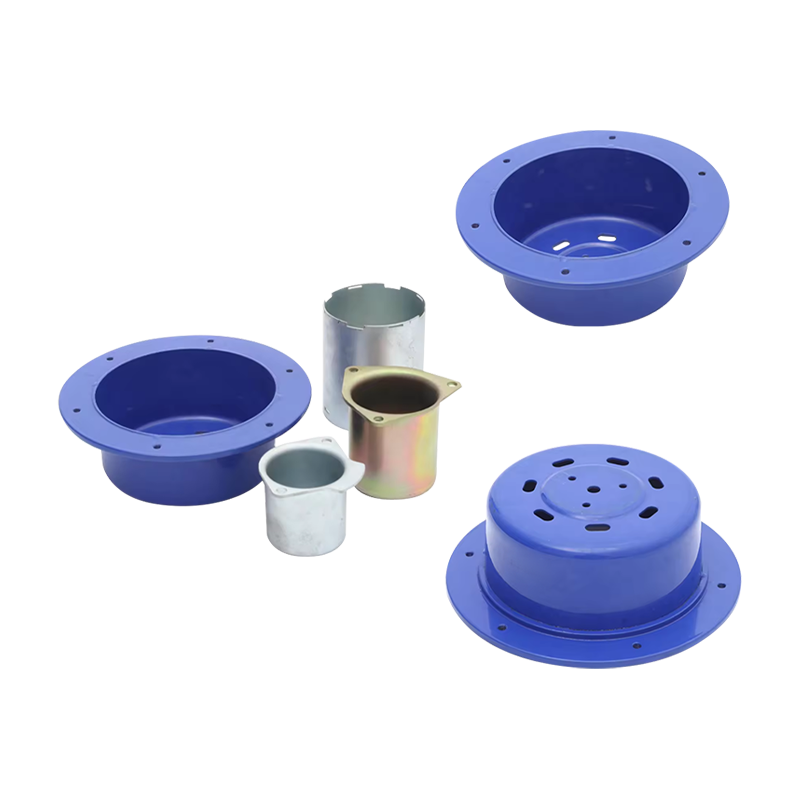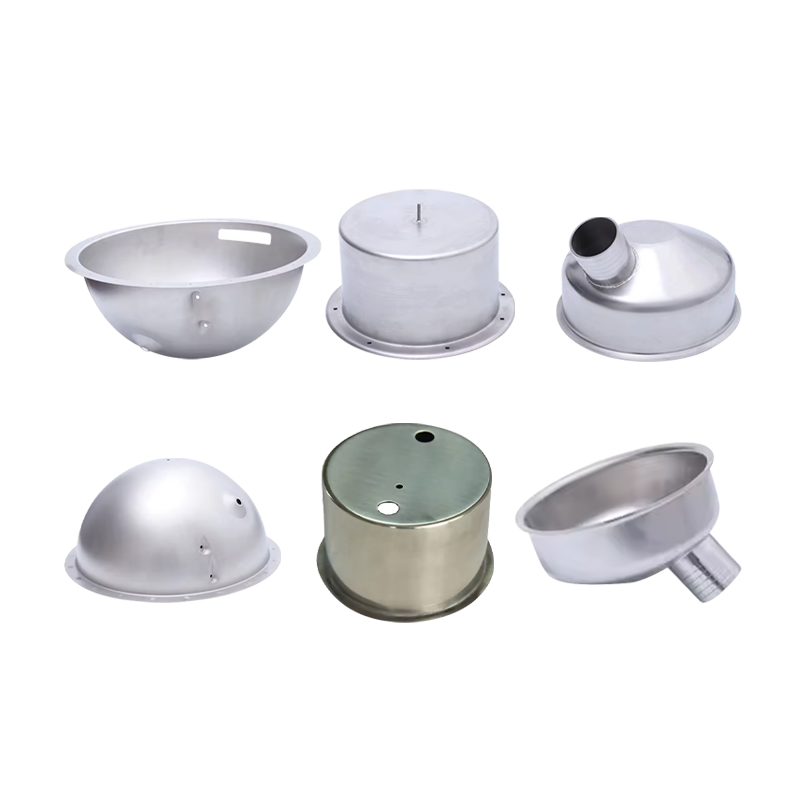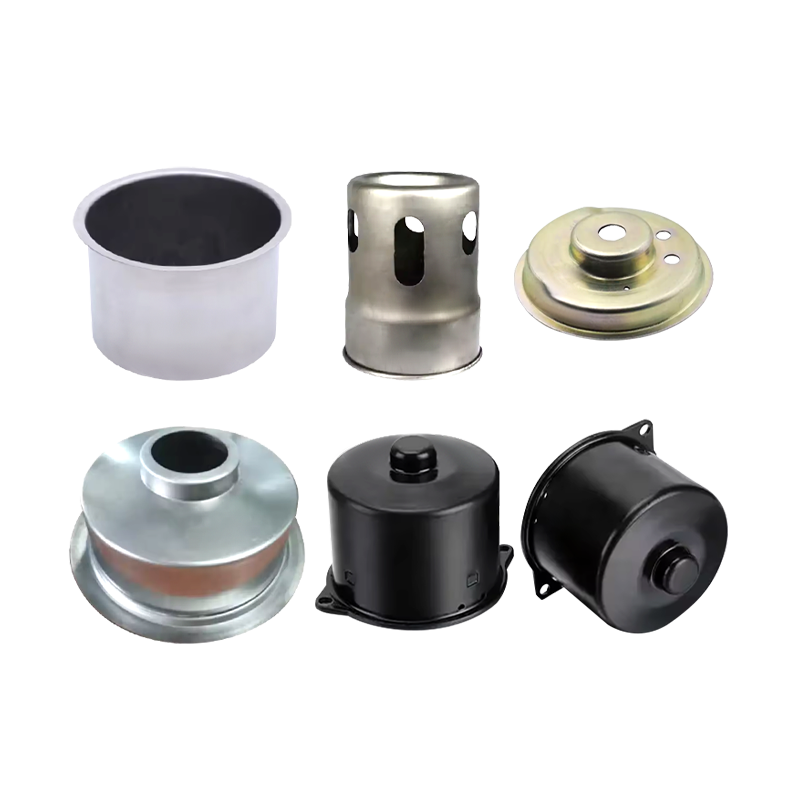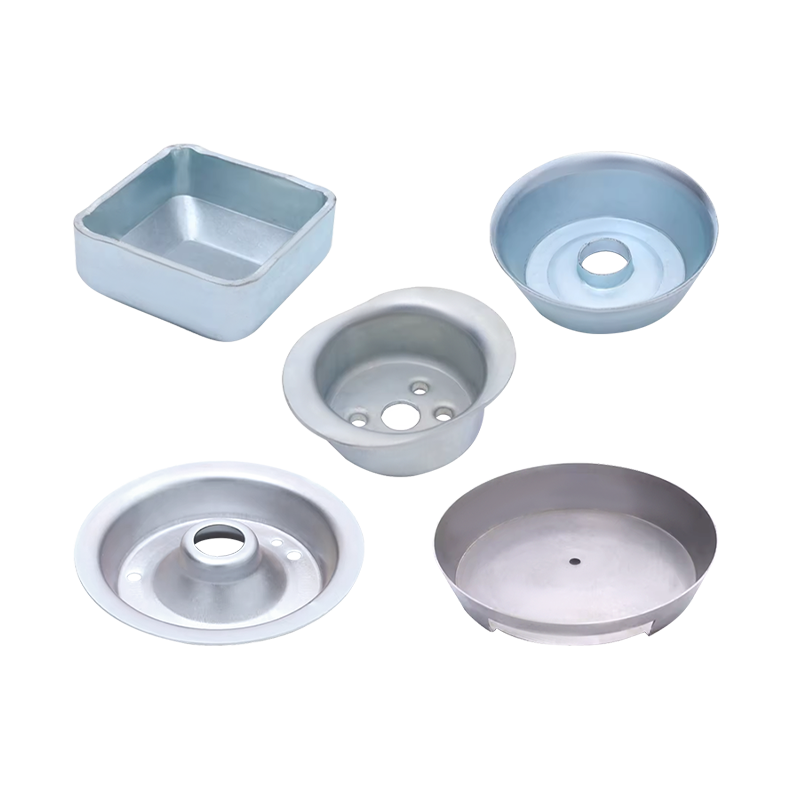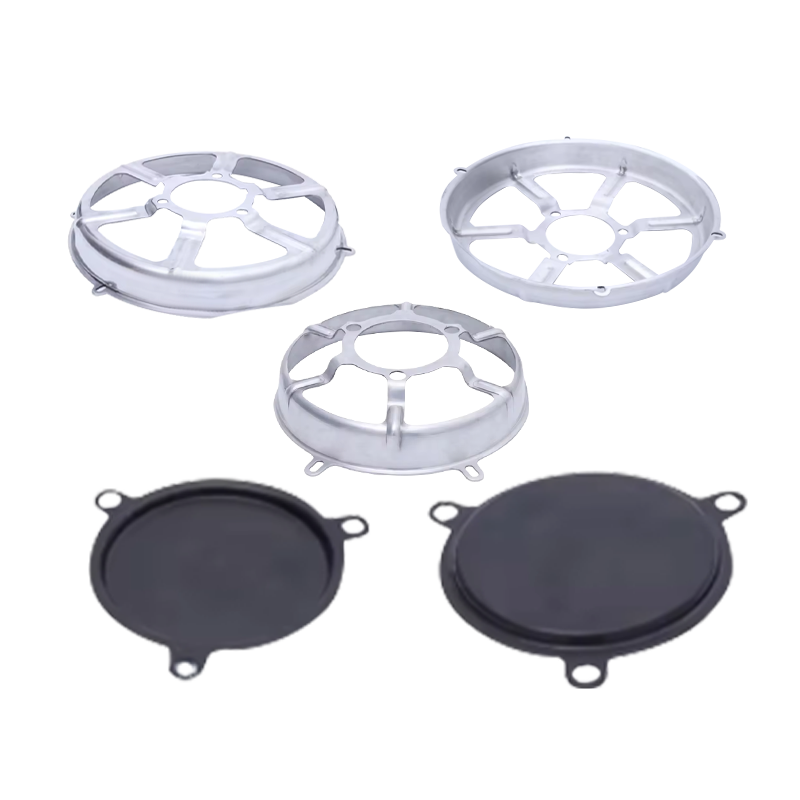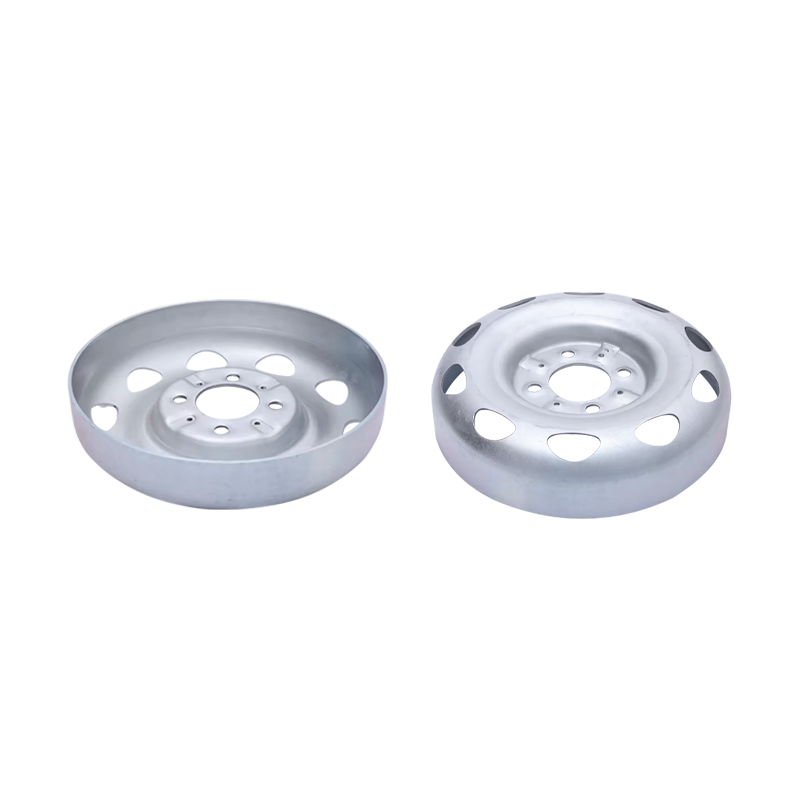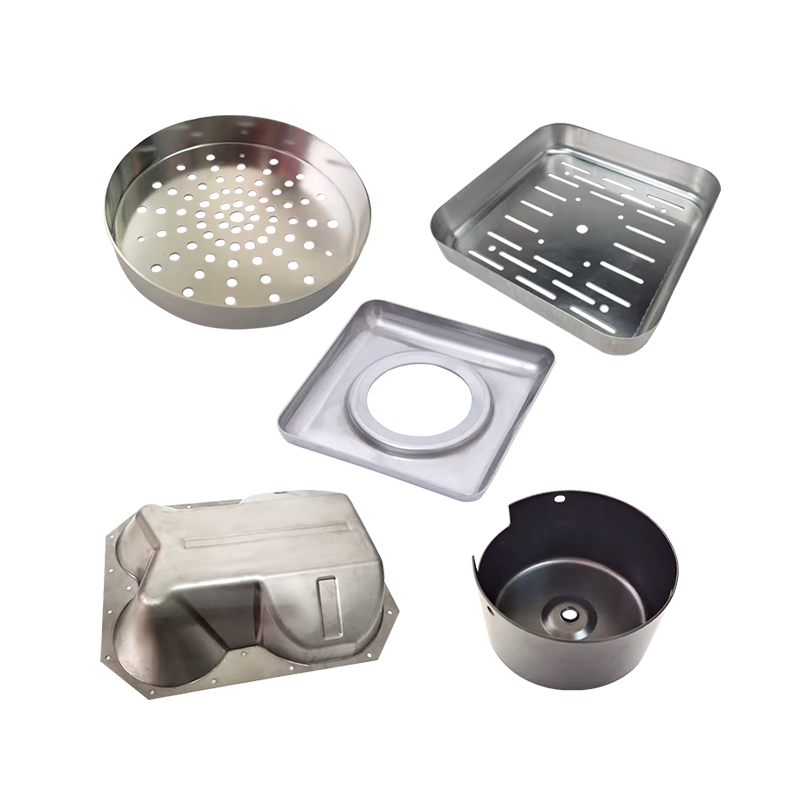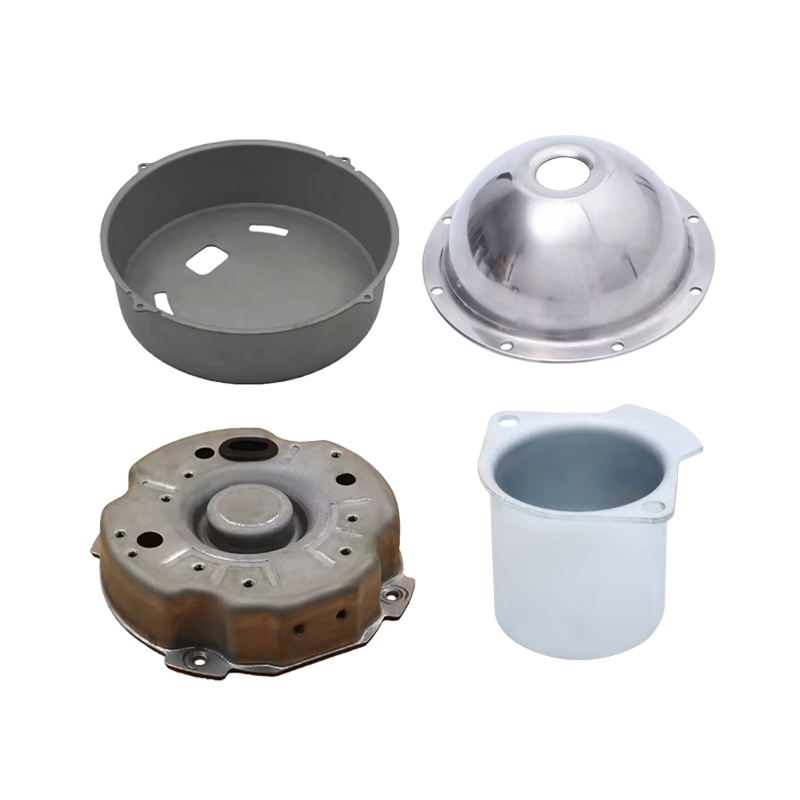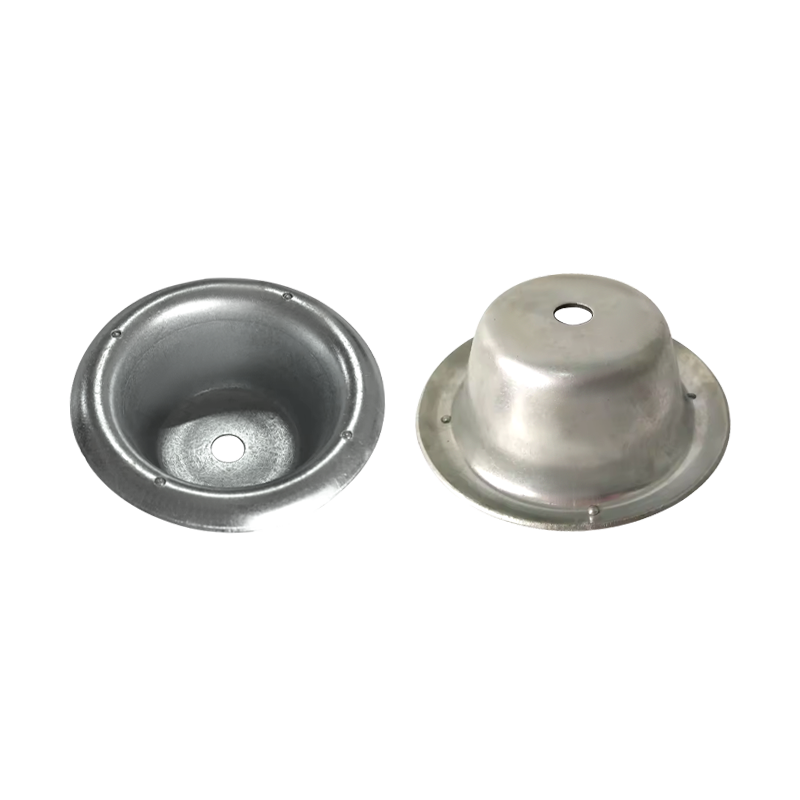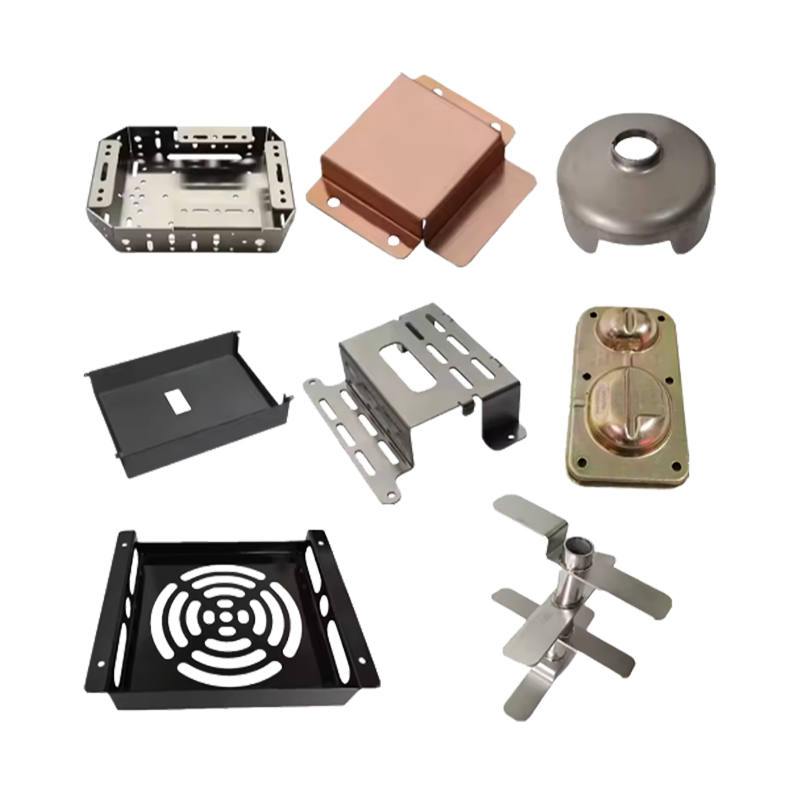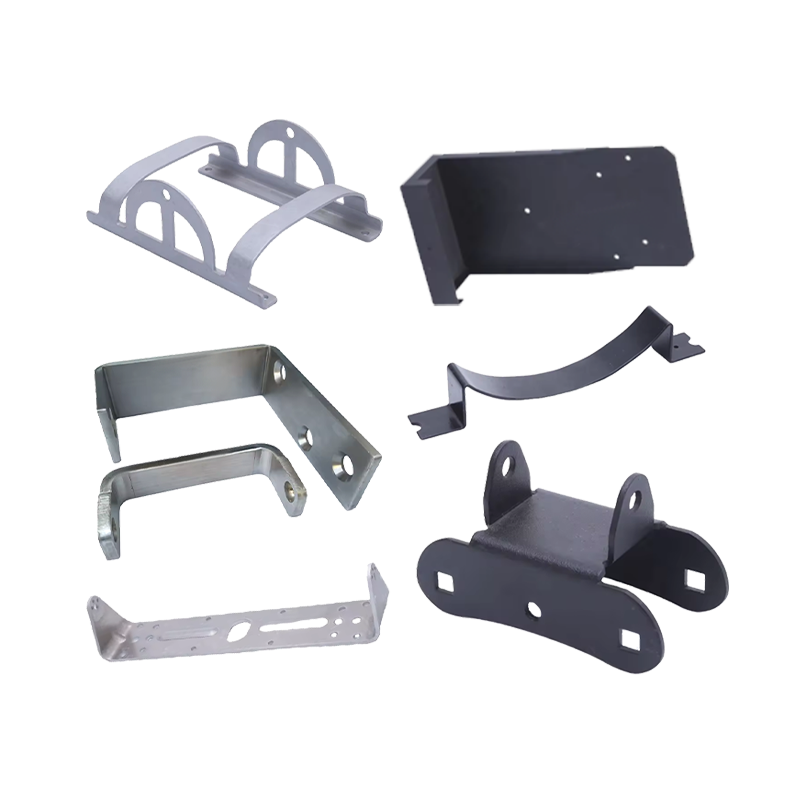Web Menu
Product Search
Exit Menu
News categories
RECENT POSTS
-
Why are metal animal drinking bowls the best choice for safe pet drinking water?
Dec 23,2025 -
What are the common defects and solutions for metal bending parts?
Dec 16,2025 -
What to do if burrs appear on metal stamping parts? How to avoid them?
Dec 09,2025 -
What are Metal Bending and Drawing Parts?
Dec 02,2025 -
Precision Deep Drawing & Metal Stamping Solutions | High-Volume Manufacturing Expertise
Dec 01,2025
Metal Animal Drinking Bowl vs Plastic Bowl: Which is Healthier?
Content
1. Material safety
Advantages: Food-grade stainless steel (such as 304 and 316 models) is chemically stable, resistant to high temperatures, and not easy to precipitate harmful substances. It is not easy to breed bacteria after long-term use.
Risks: Inferior stainless steel may contain excessive heavy metals (such as lead and cadmium), which may migrate especially when containing acidic liquids; you need to look for the "food grade" logo.
- Plastic bowl
Advantages: Lightweight and resistant to falling, some high-temperature resistant plastics (such as PP materials) can be used safely.
Risks:
Non-food grade plastics may contain formaldehyde and plasticizers, which are easily released when heated;
The surface is easily scratched to form microplastics, which may be ingested by animals after long-term use;
It is easier to attach bacterial biofilms and requires frequent cleaning.
- Health impact comparison table:
|
Indicators |
Metal Bowl |
Plastic Bowl |
|
Chemical Separation |
High-quality products have almost no precipitation |
Higher risk after high temperature or aging |
|
Antibacterial |
Smooth surface, not easy to breed bacteria |
Many pores, easy to hide bacteria, need frequent cleaning |
|
Durability |
Long life (more than 2 years) |
Easy to age and deform (need to be replaced every 6-12 months) |
|
Applicable scenarios |
Applicable scenarios |
Avoid high temperature use, suitable for short-term |
- Special Precautions
Impact on pets:
Stainless steel bowls are more recommended by veterinarians because they are more stable and have no odor that interferes with pets' willingness to drink water;
Plastic bowls may release odors, causing some pets to refuse to drink.
Cleaning requirements:
Metal bowls can be sterilized at high temperatures, and plastic bowls should not be scrubbed with steel wool (to prevent the generation of microplastics)
2. Cleaning tips for metal animal drinking bowls (stainless steel)
Daily cleaning (every day)
Steps:
Wash with neutral detergent + warm water
Wipe with soft cloth or sponge, avoid steel wool (to prevent scratches)
Focus on cleaning the bottom and edges of the bowl (easy to accumulate scale and bacteria)
Deep disinfection (once a week)
Method 1: Boil in boiling water
Put the stainless steel bowl in boiling water and boil for 5 minutes (sterilize and remove odor)
Method 2: Descaling with white vinegar
Soak in 1:1 white vinegar + water for 30 minutes to remove scale
Rinse thoroughly to avoid residual vinegar smell
Stubborn stain treatment
Scale: Wipe with citric acid or baking soda paste
Rust: Remove with food-grade stainless steel cleaner

3.Frequently Asked Questions (FAQ) About Metal Animal Water Bowls
- What are the advantages of metal drinking bowls over plastic/ceramic bowls?
Hygiene: The surface of stainless steel is smooth and not easy to breed bacteria. Compared with plastic bowls, it can reduce more than 90% of bacterial residues.
Durability: Anti-fall and chewing resistance, the service life can reach 2-3 years, while plastic bowls are prone to aging and need to be replaced every six months.
Safety: Food-grade 304/316 stainless steel has no risk of chemical precipitation, and plastic bowls may release microplastics at high temperatures.
- How to choose a metal drinking bowl suitable for pets?
Material: Look for 304 or 316 stainless steel (food grade) to avoid heavy metal migration caused by inferior metals.
Design:
Anti-slip base (anti-tip)
Shallow wide bowl (avoid touching cat whiskers)
Adjustable height (large animals such as pigs/cows need to be 5-10cm higher than the shoulder)
- Which animals are metal bowls suitable for?
Recommended: cats, dogs, pigs, calves, etc. (stainless steel is chewing resistant).
Use with caution: Rodents (such as hamsters) may feel uncomfortable at low temperatures due to the metal's rapid heat conduction.
- How to maintain an automatic water-discharging metal bowl?
Cleaning: Disassemble the valve and clean it monthly to prevent scale clogging.
Water level adjustment: Use a float to control the water volume to avoid overflow.
- Will pets reject metal bowls? How to adapt?
Possible reasons: Metallic taste/sensitive to low temperatures, suggestions:
Initially use the old bowl for transition
Choose a style with a non-slip silicone pad (to reduce noise)
Winter can be used to preheat the bowl with warm water
Practical and durable choice: Ten advantages of stainless steel RV sinks
Analysis of sheet metal deep drawing process: How to create high-precision stainless steel deep-drawn steel cover parts?
related products
Whether you want to become our partner or need our professional guidance or support in product selections and problem solutions, our experts are always ready to help within 12 hours globally
contact UsPhone:+86 139-5824-9488
FAX :+86 574-86150176
E-mail: [email protected] [email protected]
Address: Unit 2, Building 19, Zhichuangzhizao Park, Chengdong Industrial Zone, Xiangshan, Ningbo,315705, Zhejiang, China

 English
English 中文简体
中文简体 Español
Español